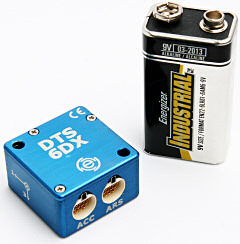 Figure 1. DTS's 6DX 6-degrees-of-freedom sensor |
Since its inception in 1999, the Best of Sensors Expo Awards has sought to identify those new products—released since the last Sensors Expo—that are distinctive, promise to change the way people work, and fill a real need. And every year, we see products that (figuratively speaking) knock our socks off. From a very strong pool of nominations, this year's judges—Melanie Martella, Executive Editor of Sensors, Ed Ramsden of Sensorlytics, and Deb Lickness of John Deere, chose the following sixteen products from those nominated.
Gold Award Winners
Winning a Gold award in the Sensors category, the 6DX miniature 6-degrees-of-freedom sensor from DTS, Seal Beach, CA, (Figure 1) can measure angular ranges up to 50,000°/s and accelerations up to 6000 g. Housed in a 28 by 28 by 16.5 mm package are three linear accelerometers and three angular rate sensors. Intended for impact or high-rate sensing, the device can also be coupled to the company's tiny modular SLICE data recorders. We loved how tiny, rugged, and capable this sensor was!
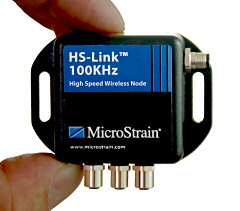 Figure 2. MicroStrain's HS-LINK wireless node |
MicroStrain Inc., Williston, VT, won a Gold in the Data Acquisition Products category for its HS-LINK high-speed wireless sensor node (Figure 2) that is capable of acquiring bursts of synchronized data at sample rates up to 100 Ksps from its three sensor channels. Data are stored in flash memory. Further, you can link an unlimited number of nodes and synchronize their operation from a single network beacon. As Ed Ramsden noted, "Low bandwidth is a major drawback for many wireless sensing systems, but this product looks like it provides some amazing sample rates through smart buffering."
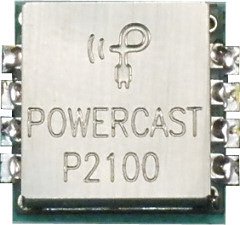 Figure 3. Powercast's P2100 Powerharvester |
Awarded a Gold in the Sensor Components category, the P2100 Powerharvester (Figure 3) from Powercast Corp., Pittsburgh, PA, is an energy harvesting module that converts radio waves in the 915 MHz band to a DC voltage and stores it in a capacitor. When a charge threshold is reached on the capacitor, the module switches on its power output to a user-configurable voltage level. The judges liked that the module used RF energy harvesting and that it can work with both dedicated and ambient sources.
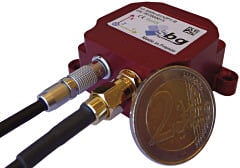 Figure 4. SBG Systems' IG-500N inertial measurement unit |
The IG-500N (Figure 4) from SBG Systems, Rueil Malmaison, France, another Gold winner in the Sensors category, combines a whopping three accelerometers, three gyroscopes, three magnetometers, three temperature sensors, a pressure sensor, and a GPS receiver in a miniature package. The embedded Extended Kalman filter enables the device to compute a drift-free and accurate 3D orientation, velocity, and position even in highly dynamic environments. While there were several similar inertial sensor packages nominated, we tapped this product for the Gold because of its size (27 by 30 by 14 mm for the OEM version and 36 by 49 by 22 mm for the packaged module), impressive capabilities, and its integrated GPS functionality.
Silver Award Winners
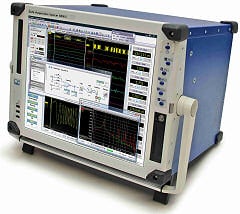 Figure 5. HBM's GEN5i DA and transient recorder |
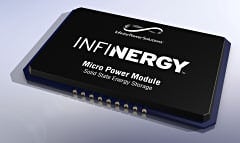 Figure 6. Infinite Power Solutions' INFINERGY MPM module |
Infinite Power Solutions Inc., Littleton, CO, picked up a Silver award in the Sensors category for its INFINERGY Micro Power Module (MPM) (Figure 6) energy storage device that is similar to a thin-film battery in that it's wafer-thin and stores power but features integrated energy management electronics and almost lossless energy storage. The device can accept a charge from most ambient energy harvesting devices, including those that are badly behaved, and can capture and store it even when the input power ranges from <1 µW to 150 mW. The judges were impressed by its thinness and its capability, and also its ability to be deeply embedded into a system.
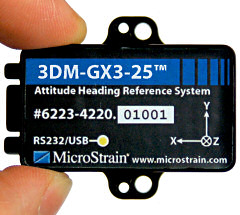 Figure 7. MicroStrain's 3DM-GX3-25 AHRS |
MicroStrain took home a second prize when it earned a Silver award for its 3DM-GX3-25 miniature AHRS (Figure 7) in the Sensor Components category. The 44 by 25 by 11 mm, 18 g device combines a triaxial MEMS accelerometer, triaxial MEMS gyro, triaxial magnetometer, temperature sensors, and an onboard processor that runs a sensor fusion algorithm to provide static and dynamic orientation and inertial measurements. It's a low power device and each unit is individually calibrated to compensate for gyro-G sensitivity and sensor misalignment. The combination of multi-sensor integration in a small, low-power package impressed the judges.
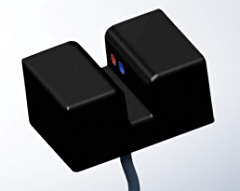 Figure 8. Moog's LifeGuard IQ Model 41926 air bubble detector |
Moog Inc., Salt Lake City, UT, was awarded a Silver in the Sensors category for its LifeGuard IQ Model 41926 air bubble detector (Figure 8). This microcontroller-based ultrasonic device can detect bubbles as small as 0.5 µl, can count bubbles, and can determine the accumulated volume of air that has passed through the sensor. The microcontroller enables high-pass, low-pass, or windowing filtering of the measured bubbles. As Deb Lickness noted, "I'm most impressed by the fact that it can both detect bubbles and calculate the accumulated volume of air that has passed through."
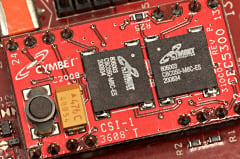 Figure 9. Cymbet's EnerChip EH energy harvesting module |
Bronze Award Winners
Cymbet Corp., Elk River, MN, follows up last year's success with an award in the Sensor Components category for its EnerChip EH energy harvesting module (Figure 9) that combines the company's thin-film batteries with energy-harvesting and power-management circuitry. The module can provide 100 µAh of power. Says Ramsden, "It's a nice innovation to see power management combined with energy storage media." Martella adds, "The battery with integrated power management should make enabling energy harvesting much easier."
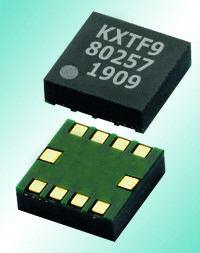 Figure 10. Kionix's KXTF9 triaxial accelerometer |
In the Sensors category, Kionix Inc., Ithaca, NY, took home a Bronze award in the Sensors category for its KXTF9 triaxial MEMS accelerometer (Figure 10) with Directional Tap/Double-Tap. This MEMS accelerometer includes an ASIC with an embedded algorithm that enables the sensor to discern a single or double tap on any of its six faces (or, by extension, any of the six sides of the object in which it is embedded). Featuring user-selectable 2 g, 4 g, and 8 g ranges and selectable 8- or 12-bit resolution, the device can be used to improve the user interface of portable electronic products. Says Martella, "This is definitely useful for more intuitive user interfaces" and Lickness notes, "I like the range of selectable parameters—this enables greater customization in the end use."
Figure 11. Silicon Sensing Systems' CRS09 MEMS rate gyro |
Awarded a Bronze in the Sensors category, the CRS09 (Figure 11) from Silicon Sensor Systems, Plymouth, U.K., is a silicon ring-based MEMS rate gyroscope whose balanced, planar, high-Q construction makes it very robust when confronted with real-world shock and vibration. Intended for harsh environments, such as downwell exploration and mapping, navigation systems, and precision platform stabilization, the sensor is capable of North seeking, for navigation in a magnetically hostile environment.
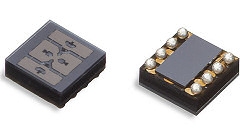 Figure 12. VTI Technologies' CMA3000 MEMS accelerometer |
Also in the Sensors category, VTI Technologies Inc., Pasadena, CA, takes a Bronze for its CMA 3000 tiny low-power MEMS accelerometer (Figure 12) that eliminates the need for external packaging. The 2 by 2 by 0.09 mm device draws <10 µA when used with a 40 Hz output sampling rate, a power consumption that astonished the judges. VTI has also developed a Wafer-Level Packaging (WLP) technology that eliminates the need for external packaging—manufacturing and testing is performed at the wafer level before the sensors are diced. As Ramsden commented, "It's really tiny and cool and it's the first time I've seen MEMS in a chip-scale package. I'm also impressed by its very low power consumption."
Honorable Mentions
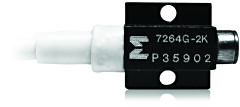 Figure 13. Endevco's 7264G crash accelerometer |
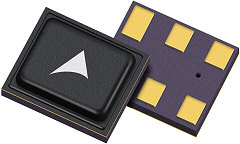 Figure 14. EPCOS's T5300 barometric pressure sensor |
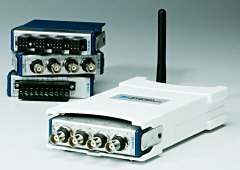 Figure 15. National Instruments' Wi-Fi DAQ devices |
National Instruments, Austin, TX, takes home an Honorable Mention in the Data Acquisition Products category for its Wi-Fi DAQ data acquisition devices (Figure 15). Combining IEEE 802.11g wireless or Ethernet communications with direct sensor connectivity and LabVIEW software, the devices can stream continuous vibration and strain waveform data at up to 51.2 Ksps. Specialized streaming technology enables the system to acquire reliable, continuous waveforms over an IEEE 802.11g network. Says Martella, "This is wireless DA for higher-bandwidth needs. I like that it's WiFi-based, leveraging an existing technology and applying it to industrial needs."
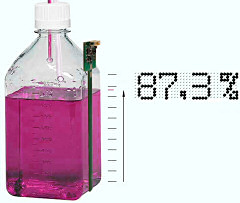 Figure 16. Sensortechnics' CLC level sensor |
And, finally, Sensortechnics Inc., Walpole, MA, won an Honorable Mention in the Sensors category for its CLC capacitive level sensor (Figure 16). Capable of continuously measuring the level of liquid and granular or pulverized materials, the sensor attaches to the outside of a container or tank and can make measurements through most nonmetallic wall materials. The sensor integrates two electrodes, one of which is mounted to the tank wall and detects the change of the fill level based on the changing capacitance with the process media, while the second, opposite the first, forms a capacitance with the ambient air and compensates for environmental changes in temperature and humidity.
Congratulations again to the winners and many thanks to Ed Ramsden and Deb Lickness for helping to judge the products nominated.